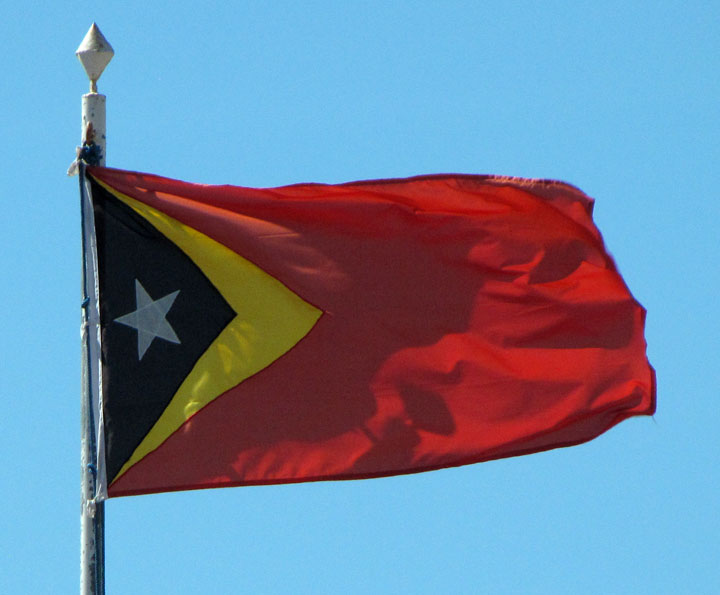Timor-Leste: Background

In 2011, the Democratic Republic of Timor-Leste was a lower middle income country, with a GNI per capita of $2,200 and life expectancy of 62. [1] It was Asia’s youngest country, gaining independence in 2002 after a tumultuous history involving 400 years of Portuguese colonization and 24 years of Indonesian occupation. At least 150,000 Timorese lives were lost in the struggle for nationhood. [2]
Despite scattered incidents of violence and unrest since independence, the country had made considerable headway in instituting the safeguards and processes of a democratic state. With a population of just over one million and an area of approximately 15,000 square kilometers, it was also one of the smallest countries in the world. More than 80 percent of the economically active population was engaged in agriculture and related activities. [3]
Timor-Leste could also boast of considerable oil and gas reserves. The revenue from these was deposited in a Petroleum Fund, established in 2005 so that the country could avoid the pattern of wasteful spending, inflation and corruption which afflicts many countries with an abundance of natural resources, commonly known as the “resource curse.” [4] The fund in 2011 was valued at over $8.7 billion and supplied the majority of monies for the state budget. [5] Under the Petroleum Fund Law of 2005, the government’s annual withdrawal from the fund was capped at the Estimated Sustainable Income (ESI), originally calculated as 3 percent of “petroleum wealth.” [6] This ensured that the same amount could be withdrawn from the fund every year for the indefinite future, even after Timor-Leste's oil and gas reserves were exhausted.
In recent years, however, the government had been spending above ESI: 3.8 percent in 2009, 4.8 percent in 2010, 4.3 percent in 2011, and it proposed to spend 7.2 percent in 2012. On the one hand, greater budgetary expenditures were necessary to jump-start the country’s development, but on the other hand, the government was less than 10 years in the making and remained institutionally weak, giving rise to concerns about its ability to manage the expanding budget. One significant line item in the state budget was rice—its production, import and subsidies.
[1] World Bank. Timor-Leste. http://data.worldbank.org/country/timor-leste .
[2] CAVR Timor-Leste (Commission for Reception, Truth and Reconciliation in East Timor). http://www.cavr-timorleste.org/en/Brief.htm . Exact casualty figures range from 102,800 to 183,000.
[3] Government of Timor-Leste and National Commission for Research and Development, September 2008, Timor-Leste—State of the Nation .
[4] For more on the Petroleum Fund, see: http://www.bancocentral.tl/PF/main.asp .
[5] Integrated Regional Information Networks (IRIN), ‘Is Timor-Leste's plan for oil fund investments a risk worth taking?’ The Guardian . http://www.guardian.co.uk/global-development/2011/oct/24/timor-leste-sovereign-fund-investment . The state budget had increased from $70m in 2004 to $650m in 2009 to $1.3bn in 2011.
[6] Petroleum Wealth was the sum of the monies currently in the Petroleum Fund and the net present value of expected future revenues from the oil and gas still to be extracted.